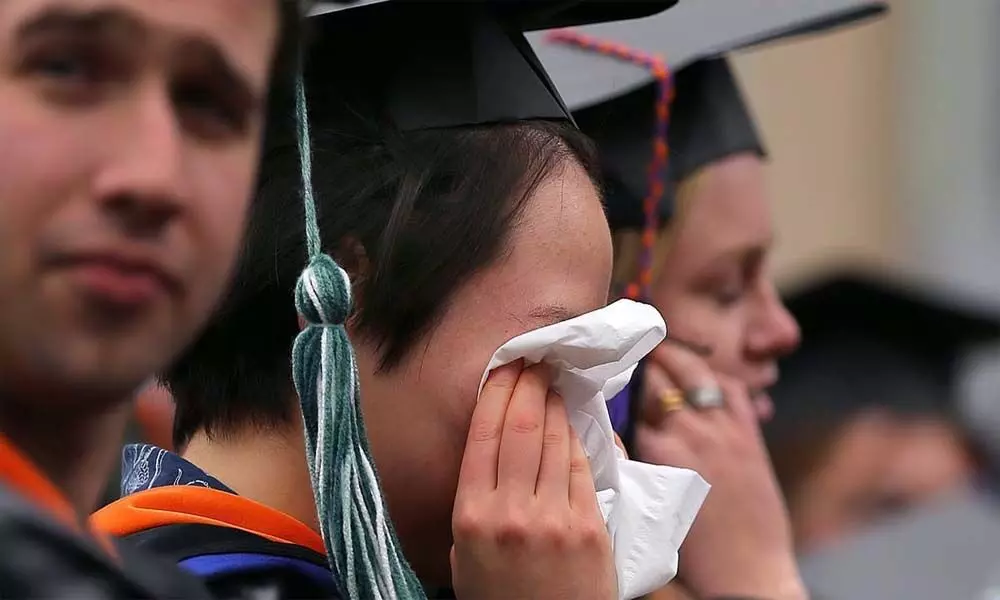Pandemic worsening overseas students' prospects
Affordable and employment-linked education programmes will be even more in demand than they are now.
image for illustrative purpose

Secondary and post-secondary students the world over face unprecedented challenges due to Covid, and understanding these challenges and developing compassionate policies, strategies, and experiences to respond to them is absolutely key for educators and stakeholders going forward.
Affordable and employment-linked education programmes will be even more in demand than they are now.
The pandemic is fundamentally shaping the lives of young people belonging to gen Z (born between 1995 and 2015). Across the world, these young adults are confronted with challenges that include interrupted education programmes, uncertain job prospects, and deteriorating mental health and finances. On top of it all, they face a worsening climate change crisis and a corresponding crisis of confidence in political leadership. It is a lot, to say the least.
Understanding and responding to the changing psychology and emotions of high school and college-aged youth can inform wise choices around programme development, student services, marketing strategy, and coordination with government partners and other stakeholders.
The OECD notes that even before the Covid crisis, youth aged 15–29 were 2.5 times more likely to be unemployed than people aged 25–64. As a result of Covid, the organisation warns that, Disruption in [this generation's] access to education and employment opportunities as a result of economic downturn is likely to put the young generation on a much more volatile trajectory in finding and maintaining quality jobs and income.
In a survey conducted across 48 countries, the OECD found that youth were far more worried about mental health, income, and employment than about their physical health (see chart below). Despite Covid-related hospitalisation rates rising for this generation, deaths are much lower than in other age groups, and this is not lost on young people looking at the next ten years of their lives and wondering how they will support themselves. As well as worrying about future job prospects, students are also dealing with immediate concerns about whether they can afford to study abroad.
Affordability is already a major factor in shaping student flows to destination countries. But during the pandemic there have been disturbing accounts of increasing numbers of international students having to rely on food banks and other relief efforts for their day-to-day needs. An Australian Research Council study reports that in Australia in 2020.
The free food distribution charity, FoodBank, experienced a 50 per cent increase in demand, much of it driven by international students … the chief executive of the organisation told of a group of students who arrived at one of their distribution points having not eaten for a week. The same trend of increased numbers of international students becoming food-insecure has also been observed in Canada, the UK, and the United States.
Many international students have not able to work at all or enough during lockdowns. In many destinations, they have been shut out of federal relief packages to support domestic students. Though some host countries have relaxed work restrictions for international students, it has still been challenging for many students to maintain sufficient income from employment. At the same time, international students are also aware that: They are most often paying much higher fees than domestic students; they are not having the study abroad experience they expected (e.g., because they are missing out on in-person learning and cultural experiences on campus and in the surrounding community).

